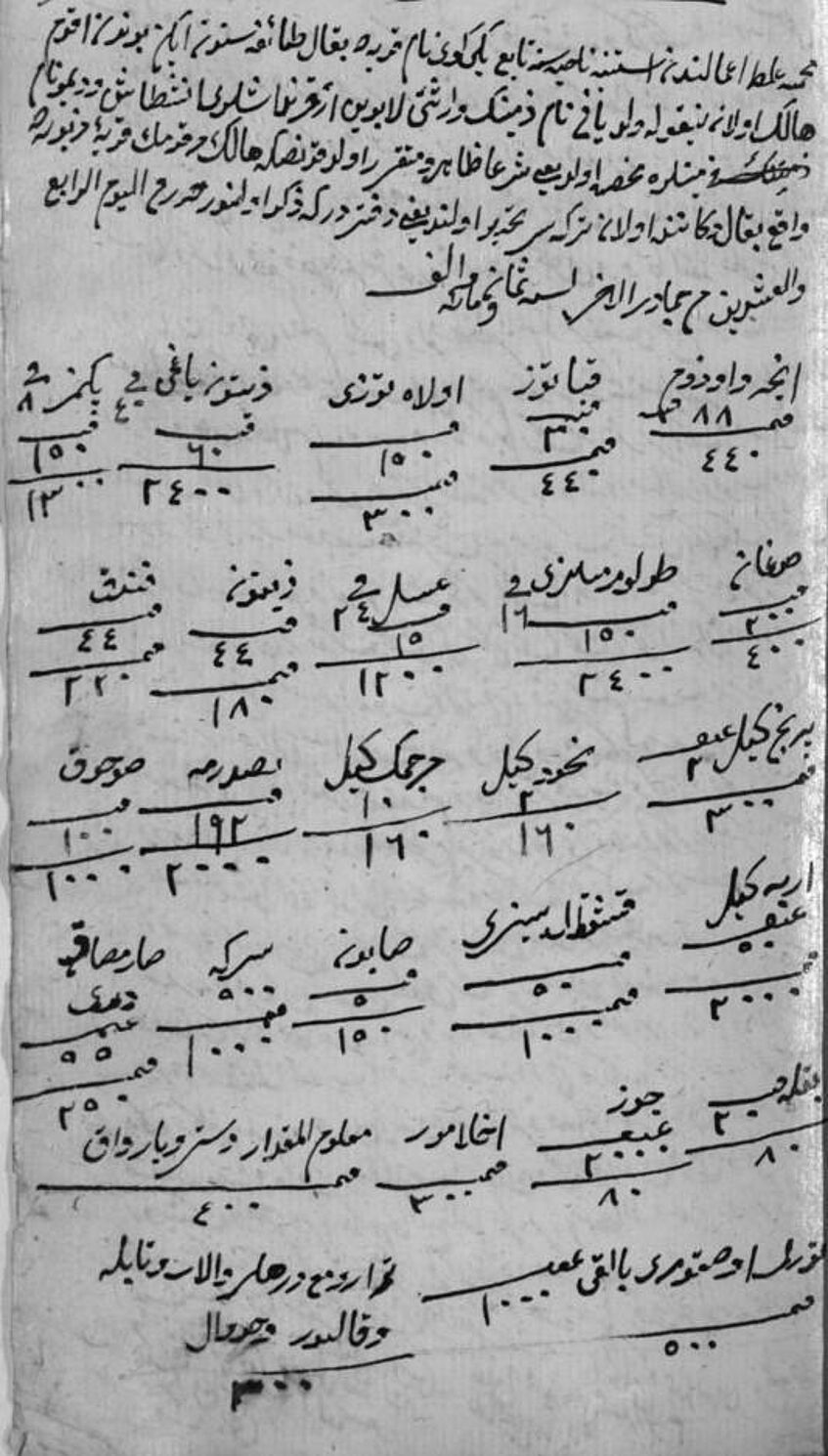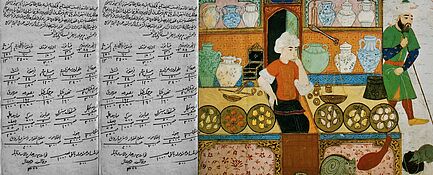
The majority of food consumption studies in Ottoman historiography are limited to the life of those living in the palace and the ruling elite, by mainly paying attention to the adaptation of western table manners and changes in menus. Due to a lack of archival material, the food consumption of ordinary urban residents in the Ottoman Empire has remained a less researched subject. GrocerIST, by introducing previously unutilized sources to understand the food consumption of Ottoman urban households, aims to fill the gap in literature.
The main objective of GrocerIST is to reveal and analyse the food consumption patterns of inhabitants in the eighteenth and nineteenth centuries in Istanbul through the use of grocers’ (bakkal) inheritance inventories. By making comparisons across the centuries and different socio-economic conditions of the city, this project intends to discuss the food consumption of Ottomans within the frameworks of the internal and external political and socio-economic circumstances of the empire.
In order to systematically analyse a large quantity of archival material, GrocerIST will benefit from the digital humanities. By generating datasets and creating interactive maps provided by digital humanities, the project will be able to make well-set comparisons across the centuries and for different localities. It is anticipated that such efforts will enable the researchers to draw more precise conclusions about food consumption among Ottomans.
Grocers' inventories provide a valuable source that will allow the researchers to unearth the transformation of consumption patterns among the urban people of/in the various districts of the capital. For the first time, the project will supply a dataset of non-durable consumer goods/groceries and locate them on an interactive map of Istanbul. By incorporating additional sources, such as Ottoman newspapers, journals, and travelogues GrocerIST will also make the transition period from the eighteenth to the nineteenth centuries, and its effects on the consumption patterns, accessible. In this way, the project will trace the transformation faced by the grocers’ localities and their range of products.

